Build, presentation and comfort.
Like all Grado headphones, both the SR80x and SR325x are sold in what is affectionately known as the Grado ‘pizza box’ – a simple cardboard affair that opens up to reveal the headphones sitting snugly in cut-out foam, along with a 6.5mm adapter (both headphones are terminated in a 3.5mm single-ended TRS jack) and a one-page document with a note about the Grado family heritage and history. If this means that Grado can keep delivering their headphones at the price they are offering, it’s fine by me. After I take headphones out of their retail packaging, I generally never have cause to put them back inside again. Although of course, if you want to take them out and about with you, you’ll need to find yourself a protective aftermarket case for them.
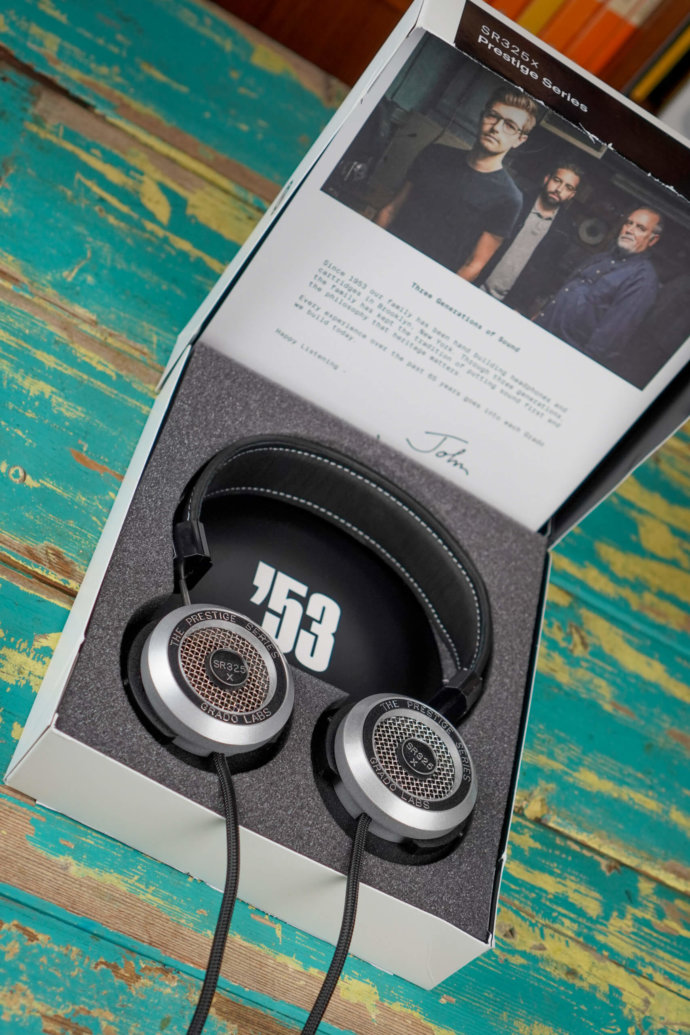
SR80x design – what’s new?
The most noticeable new physical feature to the $125 USD SR80x (a $25 price hike over the outgoing ‘e’ model) is the addition of a padded headband. All Grado headbands to date have been a simple leather (or faux leather on the entry-level models) strap with a bent metal band threaded between two halves, without any additional padding. This typically isn’t a problem as Grado headphones are generally very light (barring the PS1000e/2000e), but it’s nice to see about 1cm of nice squishy foam added to the underside here. The underside padding is very pliable and soft, but the padding is a very thin rubbery plastic, making it more spartan than opulent. The SR80x, like the SR60x and SR125x, comes shipped with Grado’s ‘S-Cush’ pads, which lie flat in an ‘on-ear’ fashion.
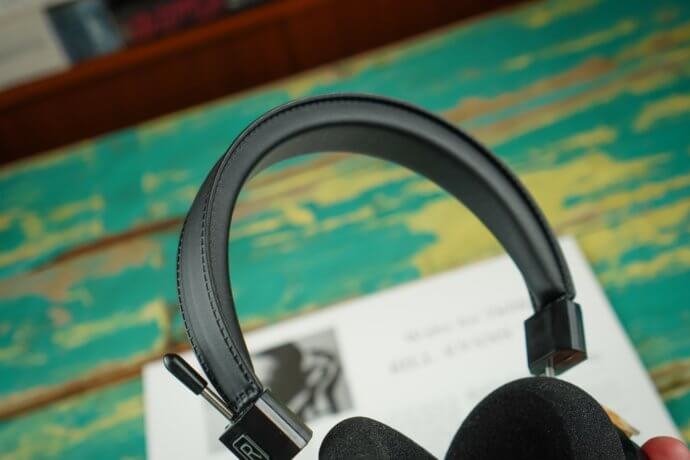
I’m not a huge fan of on-ear designs, but the foam padding here is ample and covers the entire driver housing making them extremely comfortable. The SR80x has moderate clamping force which is enough to keep this very light pair of headphones from slipping off your head without feeling overly vice-like – it’s just about ‘perfect’, but like all Grado headphones, the headband can be easily stretched to suit your liking.
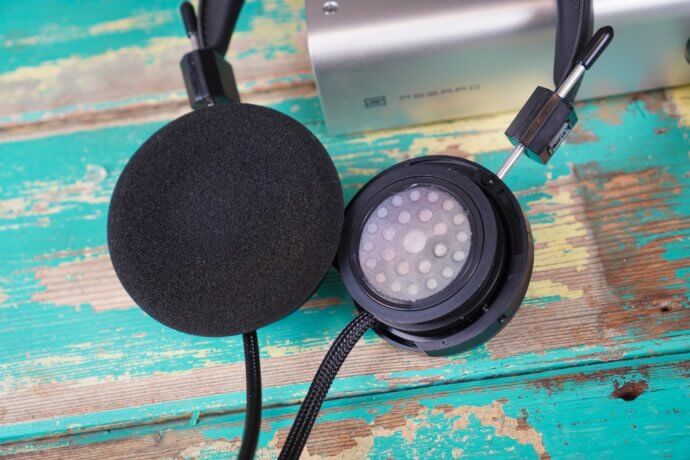
The other substantial physical change on the SR80x is an all-new cable construction. Before you spit your coffee out, no – the cable is not detachable. Grado fans and detractors alike can tell you that Grado’s insistence on using heavy, attached cables is perhaps their most controversial and ‘memed’-about policy, but I’ve certainly never had a Grado cable break on me – and how could they, when they’re as thick as an AC power cable? The new cable on the SR80x, share with the other models in the Prestige Series range (including the SR325x) is every bit as ‘girthy’ and heavy as the cables used on previous models, but instead of being sheathed in plastic, they are now coated in a weaved nylon-like material which Grado say they have chosen to be more durable.
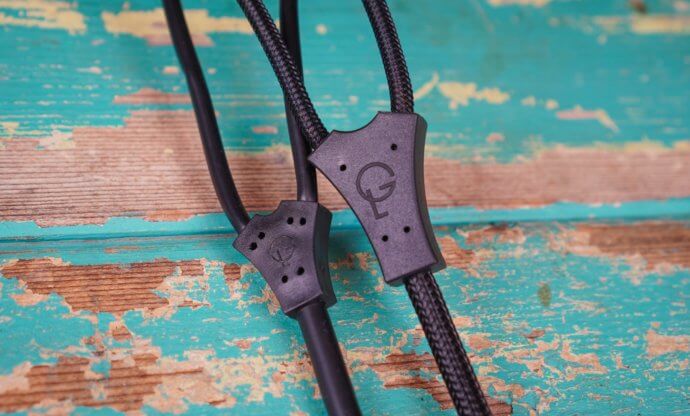
In day-to-day use, the new cable is still super unwieldy and will knock things off your desk if you’re not careful with it. Being as light as they are, the cable might also yank the headphones off your head if you’re not careful, especially if it’s attached to a phone or DAP. One problem this new cable seems to have alleviated is the occasional twist or kink at the upper end of the cables just below the earcup housing that the outgoing cable would cause from time to time, although they still don’t want to stay straight and do tend to ‘remember’ their kinks from the way that they were folded-up when leaving the Brooklyn factory – it’s pretty stiff. The other item to note about the cable is that the ‘Y-Split’ plastic assembly is noticeably more substantial than the outgoing one, adding to its overall perceived heft when wearing them. One fact of life when you own Grado headphones is that you’re going to need to get used to swivelling the earcups until the left/right upper parts of the cable are no longer twisted around on your chest, which is still very much the case with the new ‘x’ Grados. Overall, it’s nice that Grado has sought to make an improvement here with the new cables, but in day-to-day use, it’s an incremental improvement at best.
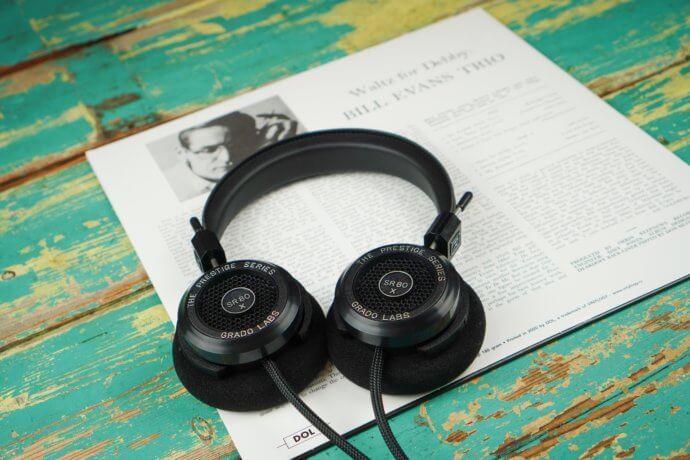
SR80x – design verdict
That same, basic all-plastic cup assembly hasn’t changed since the first SR80 model, and why should it? It houses the SR80x’s driver, and that’s about it – it’s designed to work, and be as minimal, light, and rugged as possible. Like the old SR80 that I’ve owned for years, the SR80x is simple, rugged and comfortable. It’s a bit like an old 1990’s Toyota Corolla – utterly dependable, utterly unglamourous, and perfect for years of day-long listening. Aside from the odd tug of the cable, you genuinely do forget that you’re wearing them. Their light clamp-force, ample earpad and headband material plus stupidly light construction make for a winning combination.
SR325x design – what’s new?
Aside from the cable, which is identical to the aforementioned one on the SR80x, the SR325x is at a glance virtually identical to the outgoing SR325e. The eagle-eyed Grado aficionados among you might spot that white stitching has been employed on the leather headband of the SR325x, but the major change here is Grado’s decision to change the stock pads from the ‘L-Cush’, previously used on the Grado 225e/325e, RS1e/2e and PS500e models. Featured on The Hemp Headphone which I had the pleasure of reviewing last year, the SR325x sports what Grado calls the ‘F-Cush’ – a decidedly on-ear and extremely flat earpad with a hole cut-out to expose the entire driver surface underneath.

Unlike the L-Cush pads which give a slightly over-ear fit, the drivers are right up against your ears with the new stock pads on the SR325x. I’ll get into some detailed listening notes later, but this does make for a very immediate and visceral listening experience. Grado tuned the SR325x to work specifically with these pads in mind, and swapping the pads does create marked changes in the headphone’s voicing which can be both positive, or negative – depending on your preferences. While the SR325x’s pad choice might have been made with sound in mind, I can’t say the same when it comes to comfort. I can’t manage more than an hour of listening with the SR325x before getting pain in the top of my ears – the brittle material and thinness of the padding doesn’t really cushion your ears from the driver surface. Adding to this is the slightly more intense clamp-force of the SR325x, which is exacerbated by the additional weight of the metal earcups. This can easily be mitigated by a bit of bending, but the SR325x becomes drastically more comfortable simply by changing the pads – albeit with sometimes stark changes to the stock tuning. Naturally, this might not be a problem at all for you, depending on the size of your head or the shape of your ears, so take my experience with a grain of salt and make sure to try it out for yourself.
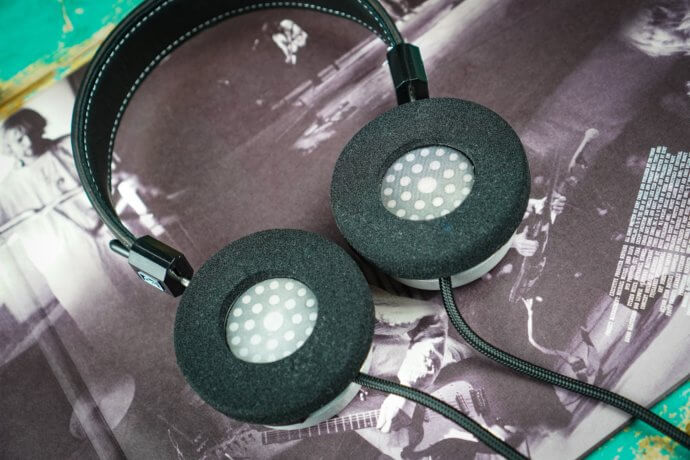
SR325x – design verdict
The SR325 has always been my favourite-looking Grado headphone – and yes, I’m factoring in their wooden ones as well. They have a classic Mid-Century charm about them, and look conversation-worthy while still remaining relatively understated. One thing is for certain – they are certainly not boring. Compared to the dull plastic industrial design that most other manufacturers stick to, the SR325x is simply a classic in every respect – it has a real buy-it-for-life, heirloom appeal to it. While I do have some niggles when it comes to comfort, they aren’t deal-breakers when you factor in the overall appeal of the SR325x. Perhaps it’s why I still spend time collecting and playing vinyl, or choosing a car with a clutch and doing the gear-changing for myself – some things are still worth it, and that includes the old-world charm of the Grado SR325x. And we haven’t even gotten to how it sounds yet…
Head over to page 3 for thoughts on sound performance.







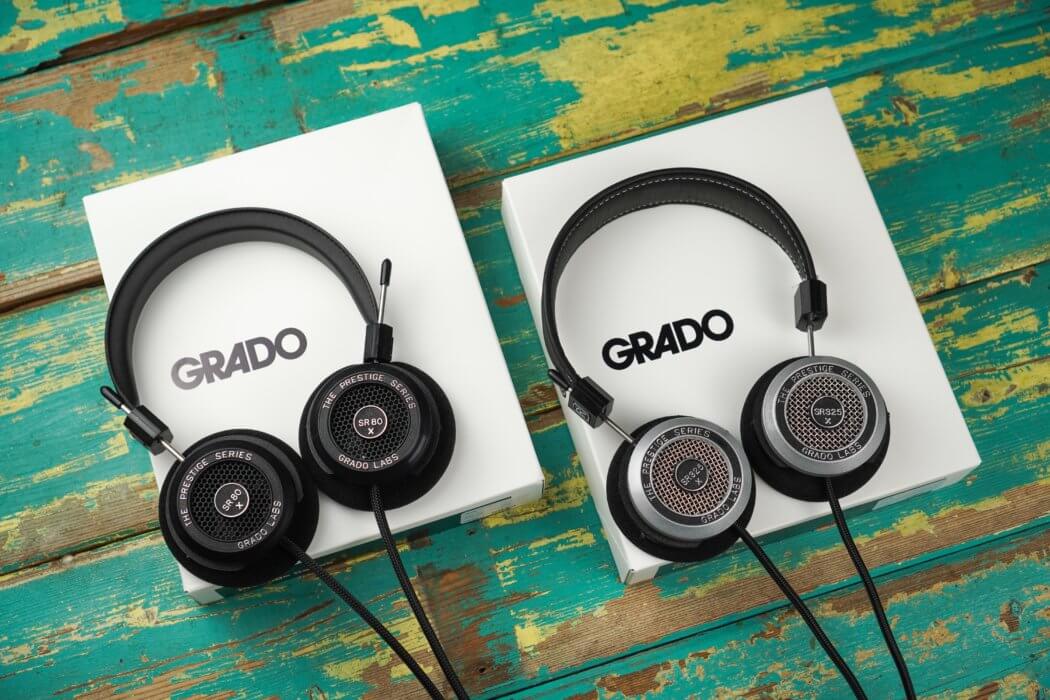
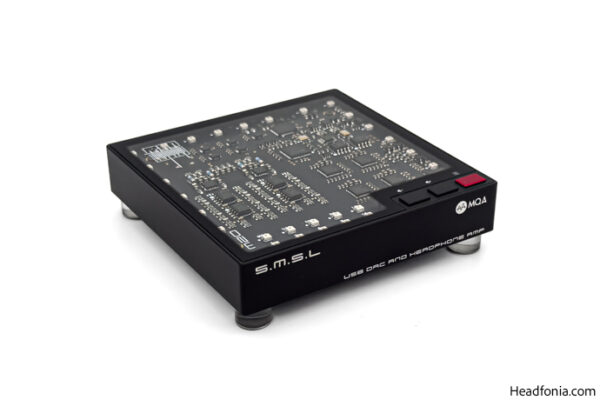
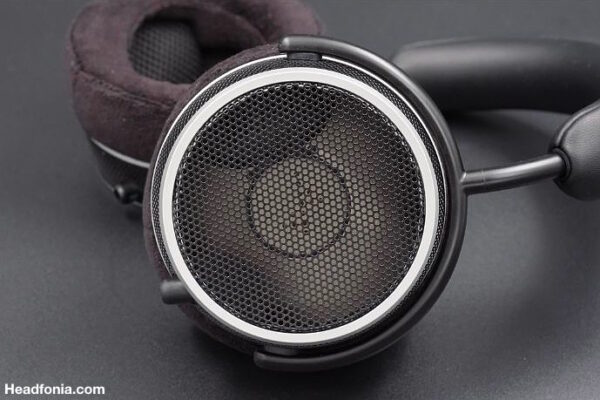
xtvym
Nice review Matt!
Lee Brown
Very detailed review, which was great. I have an original SR-60, but have been using IEM of late. Maybe an upgrade could be in order. By the way, that is Albert King, not B.B. on the “In Session” album.
Matty Graham
This new range does sound noticeably different enough to at least warrant an audition! Thanks for the pick-up BTW, it was rather late when I was doing my listening…
Tibor
Fidelice Precision Headphone Amplifier YES PLEASE! I have just a quick question, is it any different internally from older RNHP or just a new look to match new line?
Thanks for review, I found my Hemps already very dynamic, if these 325x are even more, with better bass, I am in 🙂
And you will hate me for this one (again), can we get at least 1080p pics pls?
Have a great day!
Himansu
Nice information
Adrian
Hello, thx for this interesting review!
How does the Grado GW100 compare to these two ? Is it close to the SR80X or more on the SR325X side? (especially in wired mode)
Thx!
kelfab
Hello, when you say “While I enjoyed spending an album’s worth of a more ‘classic’ Grado sound, I found that I was missing the more balanced and meaty sound that the L-Cush provides the SR325x. It’s clear that the Grado clan have voiced this to be a crowd-pleaser, and the decision to use the L-Cush pads here is the correct one. ”
Didn’t you switched by mistake between F anf L Cush in these 2 sentences ?
Matty Graham
You are correct – thanks for the pick-up!
Loz
Hi. As as 325x owner who was rather underwhelmed by them when paired with a Zen DAC V2, which I also felt did little over my phones dongle DAC apart from add volume, I recently bought the Mojo 2, and am again also underwhelmed by the Mojo 2 with the 325x. An in shop audition never really is sufficient. I’ve tried Tidal masters, Apple Music, and local hi res files on my PC, and feel all of the above really offers nothing over some older £100 headphones plugged into my phone. I’ve tested my hearing and could hear 18k so don’t feel that is the issue.
So my question is as someone who has also reviewed the Dan Clark Aeon 2 Noir, would the Noir offer a significant improvement over the 325x, and also get more out of the Mojo 2. I appreciate you may not have heard the Mojo 2, but any feedback you can give would be much appreciated. I will take the 325x and Mojo 2 to any future audition. Thanks in advance.
Matty Graham
Being a pretty sensitive headphone, the 325x is unlikely to yield any major benefits from different amps and sources – they sound how they sound, and I’m guessing their sound doesn’t really gel with your tastes.
The Noire is a completely different headphone in every regard (the obvious ones being that they’re a) a closed-back and b) a planar). The Noire has a more even-handed and linear tuning, and better bass and treble extension and articulation. It also sounds more spacious and has better depth and separation, despite being a closed design. It doesn’t quite have the same ‘pep’ and energy as the Grado, however.
Loz
Hi Matty. Thanks for your feedback. That’s the first comment about amps and sources not really offering anything to the 325x that I’ve seen, and that certainly makes a lot of sense based on my experience. I’ll have to find somewhere local with good demo facilities to try a few planars.
Miles Dufourny
I’ve owned a pair of the SR80x since last year and it is definitely the best iteration of the “80 series” and have owned every version since the early 90’s. I’m alternating between the stock pads and the TTVJ Deluxe flat pads (depending on the music and the sound quality of the recording). I’m also using a MOJO into a Schiit Vali 2 (with a National NOS tube) – for pedestrian travel I use an OPPO HA-2.
Raj
Great review. I had the grados and love their sound. They are detailed with lots of warmth and great instrument separation.
However I sold all of them. The comfort issue was a big factor. I could not keep the headphones on for more than 1 hour before my ears would be screaming of pain. I even went to buy the grado rs 2e thinking that these would improve comfort. Unfortunately, none of them(sr80e, sr325, rs2e) did.
Besides I wear glasses and they do not make life easier if you are listening to on ear headphones esp the grados with their clamp.
Overall I would say to folks to beware if they have glasses etc. But you got to try the grados once for their sound and perhaps stick to the lower end of their range.
Thank you for a great review which also pointed out the comfort issues. Hopefully Grado will listen and improve on it
Anderson da Silva
I have a SR225i for 10 years. They´re great and running strong, but I feel disconfort after some use. Are there any improvent in confort with this new “x” Series? Thanks.
Justin Legrande
First timer with Grados here. Just received an SR325x yesterday after purchasing direct from Grado’s online shop. So far, after hooking them up to a PC sound card (Sound Blaster AE-5 Plus), I’ve noticed that adjusting the sound card volume while reducing music player app (e.g. AIMP) volume to a single digit percentage significantly improves sound quality. Reducing sound card volume and increasing music player app volume has a dulled quality of sound. So I do think that at least digitally, there is something to an amp improving aural performance of the 325x.
Even though I wear glasses, the F-cushions that comes stock with the 325x don’t press upon the temples of my glasses at all, since the temples rest on the side of my head instead of on my ears. This made it mostly painless during my 2 hour session yesterday testing out the 325x. However, the pads/phones still required adjustment to find a position that minimally pressed upon my ears. I almost forgot the calfskin leather headband was there at one point while wearing it, so it’s pretty good.
However, I did order the Dekoni velour custom pads designed for use with Grados, since those are supposed to be one of the best pad upgrades for comfort without drastically altering the sound signature. Will see how that goes after they arrive.
As for how the 325x sound… Well, so far it’s revealed one musician’s music I’ve liked a lot for over 10 years now to have a particular quirk. She presented her vocals or one instrument prominently at the beginning of most of her songs, and added her vocals and/or other instruments in tandem midway. But heard through the 325x, an effect is apparent where her vocals are distanced while another instrument (especially drums/percussion) becomes prominent. With multiple other headphones I’ve used throughout the years, mostly closed backs, her vocals and instruments sound properly placed side by side.
As it turns out, she was wearing Beyerdynamic DT770’s (closed backs) in a song with her reveal appearance. So it may be she mixed and recorded with closed backs in mind, while open backs with more soundstage and better imaging reveal an effect she may not have intended while recording. Some of her voice pitch raises sound very sharp (in a bad, grimacing way) heard through the 325x, while her more consistently smoothly pitched moments sound even more angelic. (Almost cried listening during one of them!)
That musician artist unfortunately suffered a disease causing her to lose her previous singing voice. Makes me wonder if practicing those sharp pitch raises contributed to her vocal cords being damaged…
Will report back after trying the 325x more with Dekoni pads!
Lieven
Thanks!